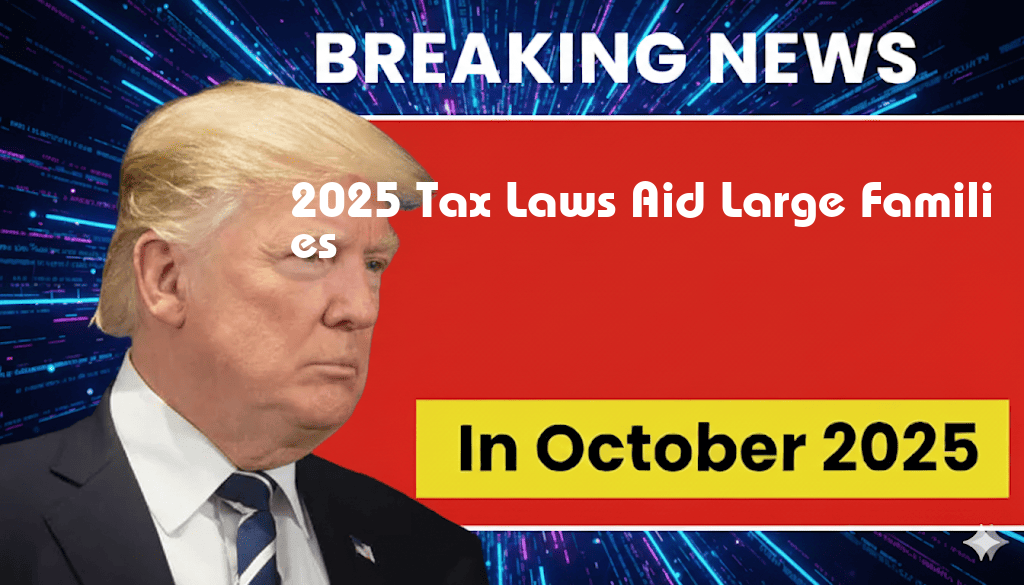

In recent discussions surrounding child benefits, a significant contrast has emerged between the United States and India. The U.S. offers a Child Tax Credit (CTC) of $2,200 per eligible child, while India provides a benefit of ₹1,65,000 (approximately $2,000) under its various welfare schemes. This comparison not only highlights the differences in child support systems between developed and developing nations but also raises questions about the effectiveness and reach of these financial aids in reducing child poverty. As both countries strive to support families, understanding these benefits’ structures and impacts is crucial for policymakers and citizens alike.
The Child Tax Credit in the United States
The Child Tax Credit is a vital component of the U.S. social safety net, designed to alleviate the financial burden on families. As of 2023, eligible families can receive up to $2,200 per child under the age of 17, which is a significant increase from previous years.
Eligibility and Benefits
- Available for families with children under 17 years old.
- The credit phases out for higher-income families, with eligibility based on income thresholds.
- Families can claim the credit when filing their federal income tax returns.
Impact on Families
The CTC has been a crucial support mechanism for American families, especially during economic downturns. Studies have shown that the enhanced credits during the COVID-19 pandemic helped lift millions of children out of poverty, demonstrating the program’s potential efficacy.
India’s ₹1,65,000 Child Benefit Scheme
In India, the government provides various financial supports that cumulatively amount to ₹1,65,000 for families with children. This benefit is part of a broader set of welfare programs aimed at improving the living conditions of children and their families.
Components of the Benefit
- Direct cash transfers for child education and healthcare.
- Subsidies for nutrition and food security initiatives.
- Financial incentives for families adhering to health care guidelines.
Challenges and Limitations
While the ₹1,65,000 benefit appears substantial, its implementation faces several challenges. Issues such as bureaucratic inefficiencies, corruption, and lack of awareness about available programs often hinder the intended impact. Additionally, economic disparities across regions can affect the actual benefits received by families.
Comparative Analysis
| Criteria | United States | India |
|---|---|---|
| Benefit Amount | $2,200 per child | ₹1,65,000 (approx. $2,000) |
| Eligibility | Children under 17; income-based phase-out | Varies by program; generally focused on low-income families |
| Administration | Tax credit claimed via tax return | Multiple welfare schemes, often requiring registration |
| Impact on Poverty | Significant reduction in child poverty rates | Limited by implementation challenges |
Looking Forward
As both the U.S. and India evaluate their child benefit programs, there is an opportunity for learning. The U.S. can examine the comprehensive approach of India’s welfare schemes, while India might benefit from the streamlined application process seen in the U.S. Child Tax Credit. As global economic pressures mount, ensuring that children receive adequate support is more crucial than ever.
For more detailed information on the U.S. Child Tax Credit, you can visit IRS Child Tax Credit. For insights into India’s welfare programs, refer to Wikipedia on Child Benefit in India.
Frequently Asked Questions
What is the amount of the Child Tax Credit in the United States?
The Child Tax Credit in the United States is set at $2,200 per eligible child, providing financial support to families to help with the costs of raising children.
How does the Child Benefit in India compare to the U.S. Child Tax Credit?
In India, the Child Benefit is approximately ₹1,65,000 per child, which reflects the country’s approach to providing financial assistance for raising children, offering a different scale compared to the U.S. Child Tax Credit.
Are there eligibility requirements for receiving these benefits?
Yes, both the Child Tax Credit in the U.S. and the Child Benefit in India have specific eligibility criteria that families must meet, including income thresholds and the number of dependent children.
How do these benefits impact family finances?
The Child Tax Credit and Child Benefit are designed to alleviate financial burdens on families, helping cover expenses such as education, healthcare, and everyday living costs for children.
Are these benefits adjusted for inflation over time?
Both the Child Tax Credit in the U.S. and the Child Benefit in India may undergo adjustments for inflation, ensuring that they maintain their value and continue to support families effectively as living costs rise.





